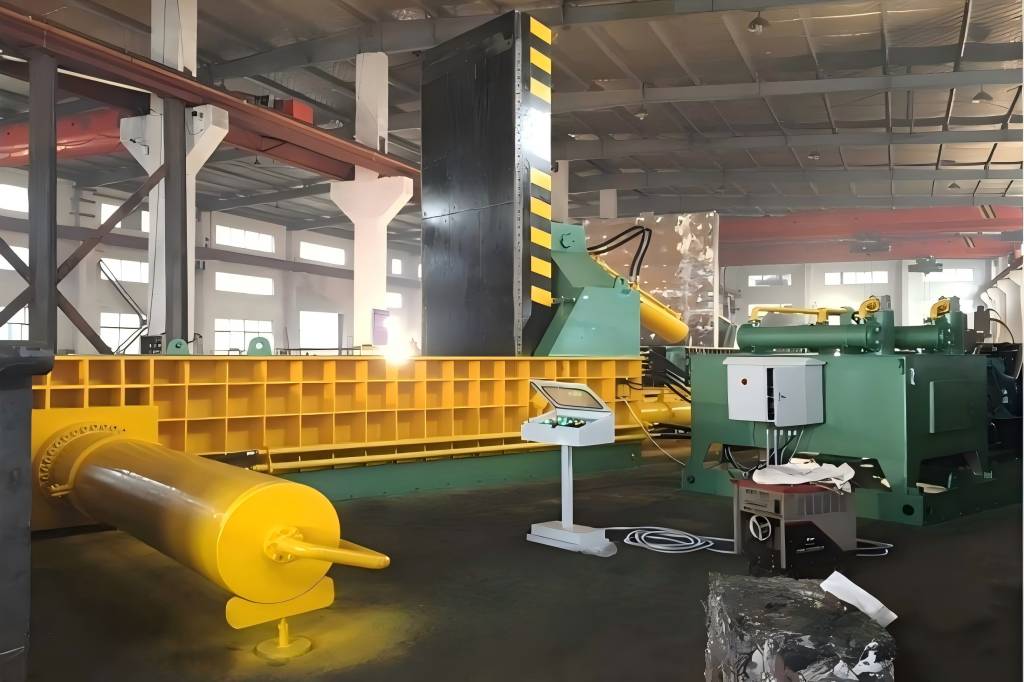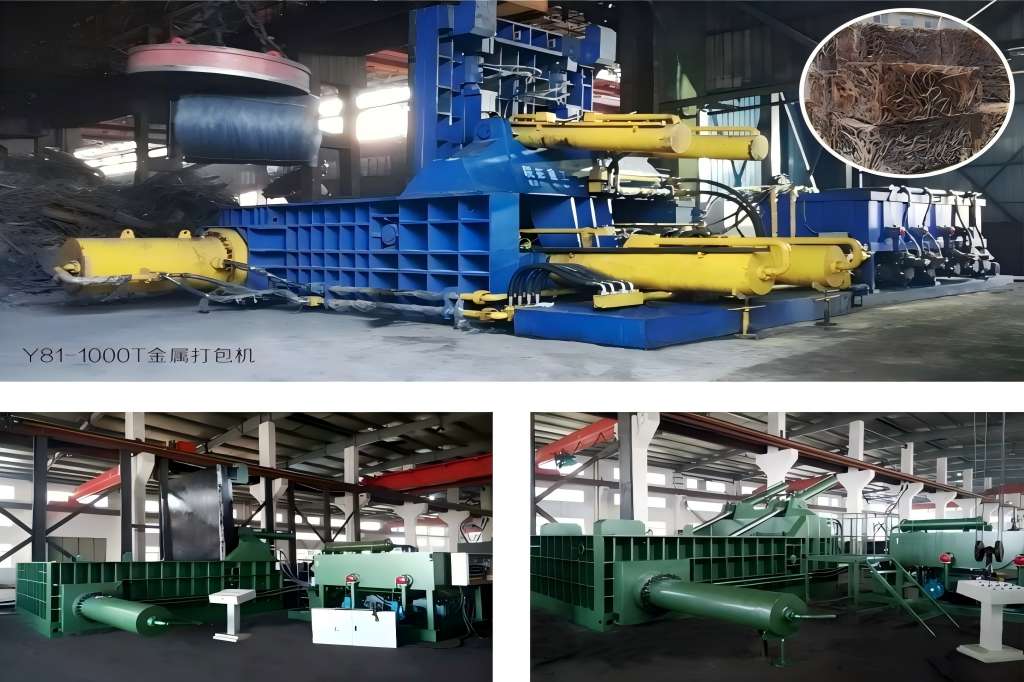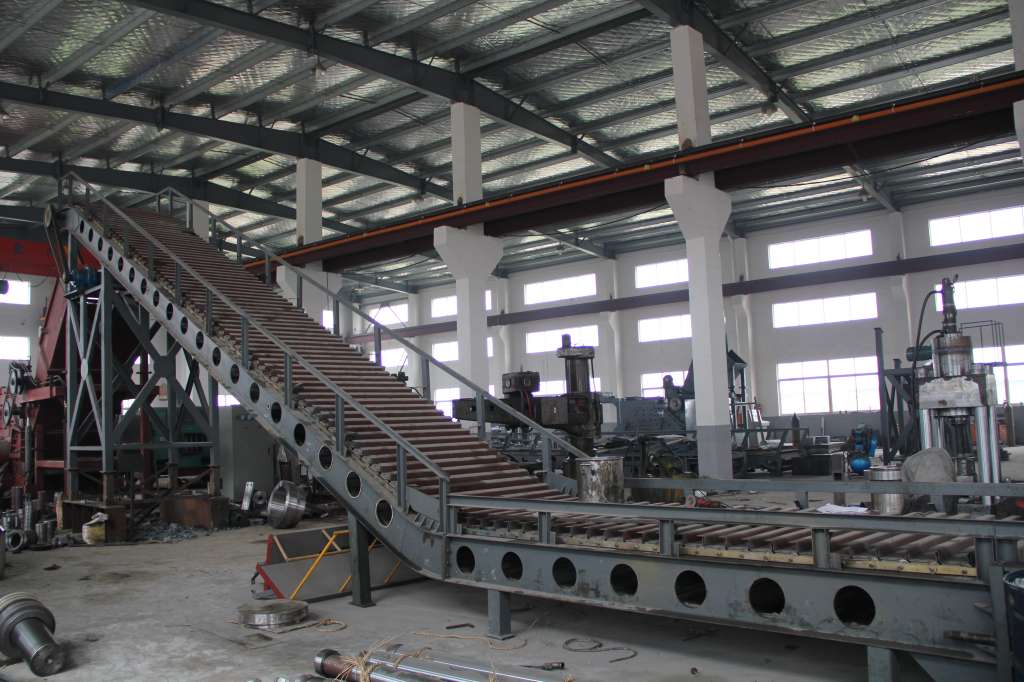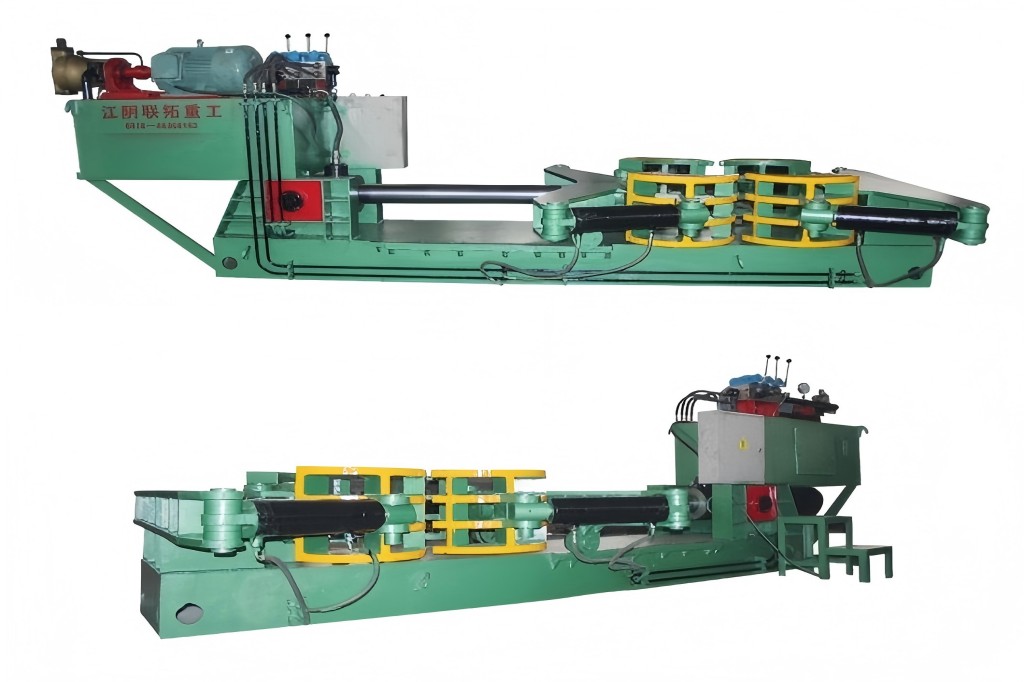Investing in a scrap metal baler can boost a business’s efficiency and recycling capacity, but choosing the right type can be challenging. Evaluating the return on investment (ROI) for each baler type helps determine which best aligns with your budget and goals.
This article explores key ROI factors, including initial costs, operational efficiency, and output quality.
The Essentials of ROI in Scrap Metal Balers
ROI for scrap metal balers depends on factors like purchase price, operational costs, maintenance needs, and the baler’s life expectancy. You can estimate the time it will take to receive a return on your investment by being aware of these factors.
Key Factors Influencing ROI
- Initial Investment and Installation Costs: Upfront costs for a baler can range widely based on the baler type, size, and functionality. Additionally, installation costs can include modifying the facility layout, preparing the space, and integrating the baler with existing systems.
- Throughput Capacity: The efficiency and speed of a baler’s throughput can greatly affect ROI. A higher throughput means more scrap can be processed in less time, which is beneficial for businesses dealing with high volumes.
- Labor Costs and Automation Level: Some balers require manual handling, which increases labor costs. Balers with advanced automation can reduce labor requirements, thus offering a quicker return by saving on operational costs.
- Maintenance and Lifespan: Frequent maintenance and repairs can lower ROI by adding to the operational costs. A durable baler that operates efficiently with minimal downtime will have a higher ROI.
Types of Scrap Metal Balers and Their ROI
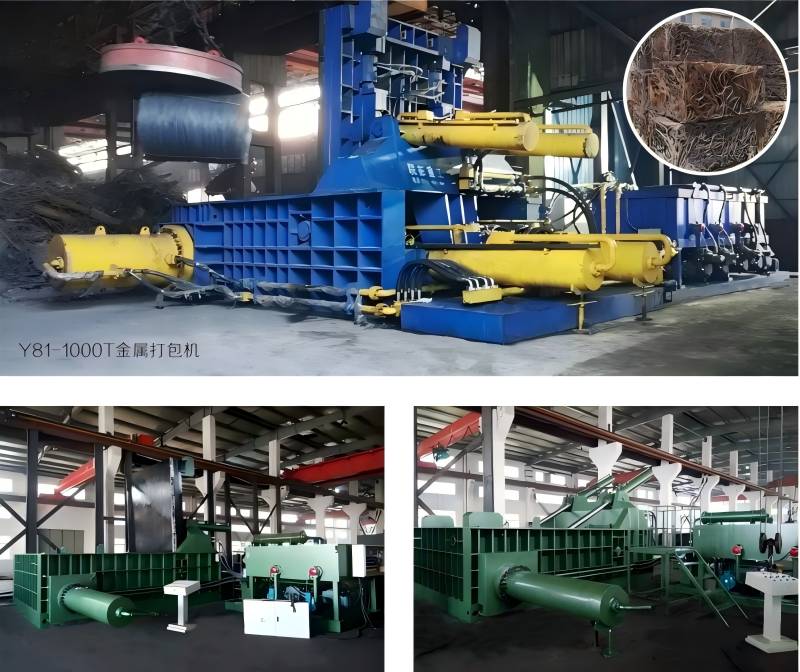
Below, we examine the most common types of scrap metal balers, comparing their typical costs, benefits, and expected ROI.
Vertical Balers
Vertical balers are compact machines that use downward pressure to compact scrap. They are suited for facilities with moderate scrap volumes and are relatively inexpensive compared to other balers.
- Cost Range: $5,000 – $30,000
- Average ROI Period: 3-4 years for smaller facilities, often less for high-use scenarios
- Ideal For: Small businesses with limited scrap volume and space constraints
- Pros: Low initial cost, easy installation, minimal space requirement, low maintenance needs
- Cons: Lower throughput, manual labor needed for loading/unloading, not suitable for high-volume operations
Vertical balers yield a moderate ROI. They are ideal for businesses needing a cost-effective baler that can handle moderate scrap volumes.
Horizontal Balers
Horizontal balers use horizontal pressure to compact scrap, making them well-suited for larger facilities with higher scrap volumes. They offer automation options that can reduce labor costs, enhancing ROI.
- Cost Range: $50,000 – $200,000
- Average ROI Period: 2-3 years, especially in high-volume settings
- Ideal For: Medium to large facilities with high scrap volumes
- Pros: High throughput, optional automation, ideal for continuous operations, robust output quality
- Cons: More area is needed for installation and the initial cost is higher.
Horizontal balers have a faster ROI in facilities with continuous scrap processing needs due to their automation capabilities, reducing both labor costs and processing times.
Two-Ram Balers
Two-ram balers are the most versatile balers, handling multiple material types and large volumes. With two rams to increase compression and enable diverse scrap handling, they are ideal for large-scale operations.
- Cost Range: $150,000 – $500,000+
- Average ROI Period: 1.5-2 years in very high-volume, mixed-material facilities
- Ideal For: Large recycling centers or scrap yards handling diverse scrap types
- Pros: Versatility in scrap material types, high throughput, powerful compression, enhanced output quality
- Cons: High initial and maintenance costs, significant space and installation needs
Two-ram balers offer rapid ROI in operations where handling diverse scrap types and achieving high output quality is necessary, making them ideal for large scrap facilities.
Closed-Door Balers
Closed-door balers are robust and offer high compression, resulting in dense, marketable bales. This type is ideal for applications requiring maximum density for high scrap value.
- Cost Range: $30,000 – $100,000
- Average ROI Period: 2-3 years, depending on material density needs and usage frequency
- Ideal For: Facilities focusing on maximizing output quality and density
- Pros: High bale density, efficient compaction, medium throughput
- Cons: Requires more manual intervention than two-ram balers, moderate space requirements
Closed-door balers yield strong ROI where dense, high-value bales are desired, and offer competitive benefits in settings with moderate to high scrap volumes.
Comparative Table of Scrap Metal Balers
Below is a comparative table summarizing the cost, advantages, disadvantages, and typical ROI of each baler type:
| Baler Type | Cost Range | Average ROI Period | Advantages | Disadvantages | Best For |
| Vertical Baler | $5,000 – $30,000 | 3-4 years | Low cost, compact, easy to maintain | Lower throughput, manual labor required | Small facilities, low to medium scrap volumes |
| Horizontal Baler | $50,000 – $200,000 | 2-3 years | High capacity, automation options, efficient for continuous use | Requires space, higher initial investment | Medium to large facilities, high scrap volumes |
| Two-Ram Baler | $150,000 – $500,000+ | 1.5-2 years | Handles diverse materials, very high compression, high-quality output | Highest cost, space, and maintenance-intensive | Large-scale, high-volume operations |
| Closed-Door Baler | $30,000 – $100,000 | 2-3 years | High bale density, robust compaction | Moderate throughput requires manual intervention | Facilities needing dense bales, moderate volumes |
Considerations for Selecting a Scrap Metal Baler
When choosing a baler, consider the following criteria to maximize ROI:
- Budget vs. Operational Needs: Balers with lower upfront costs, like vertical balers, may fit tighter budgets, but high-volume operations can benefit more from horizontal or two-ram balers despite the higher cost, as they offer faster ROI through high efficiency.
- Space Availability: Vertical balers are compact and suitable for limited space, while horizontal and two-ram balers require dedicated areas, making them best for facilities with ample space.
- Material Volume and Type: Facilities processing large volumes or varied materials will benefit more from two-ram balers, which provide both versatility and high compression, whereas single-material, smaller facilities may find vertical or closed-door balers more cost-effective.
- Maintenance and Durability: High-quality balers designed for heavy-duty use may cost more upfront but often have lower maintenance needs and longer lifespans, translating to better ROI over time.
Case Studies on ROI for Different Baler Types
Case Study 1: Small Manufacturing Plant with Low Scrap Volume
A small manufacturing plant with low scrap metal output opted for a vertical baler. With an initial investment of $15,000 and minimal maintenance costs, the plant achieved ROI within three years by selling compacted scrap directly to recycling centers, saving on labor and improving space efficiency.
Case Study 2: Mid-Size Recycling Center with High Scrap Volume
A mid-size recycling facility handling continuous scrap flow chose a horizontal baler for $80,000, seeing ROI within two years. The automation in feeding and compressing reduced labor costs, enabling high throughput and better resale value of bales due to improved density.
Case Study 3: Large Scrap Yard with Mixed Metals
A large scrap yard processing diverse metals invested in a two-ram baler for $300,000. The facility saw ROI within 1.5 years, as the two-ram baler’s capacity to handle various metals and its high throughput allowed for faster processing, better-quality bales, and reduced labor costs.
Conclusion
Scrap metal balers offer varying ROI depending on type, capacity, and functionality. Vertical balers are budget-friendly with moderate ROI for small facilities, while horizontal balers provide faster ROI in medium to large settings due to efficiency and automation. Two-ram balers, ideal for large facilities with diverse materials, offer rapid ROI despite higher costs.
Choosing the right baler requires balancing the budget with operational needs. Assessing your facility’s scrap volume, space, and processing demands helps identify the best baler for maximizing ROI. Each baler type has unique advantages, ensuring efficient operations and long-term financial gains.

